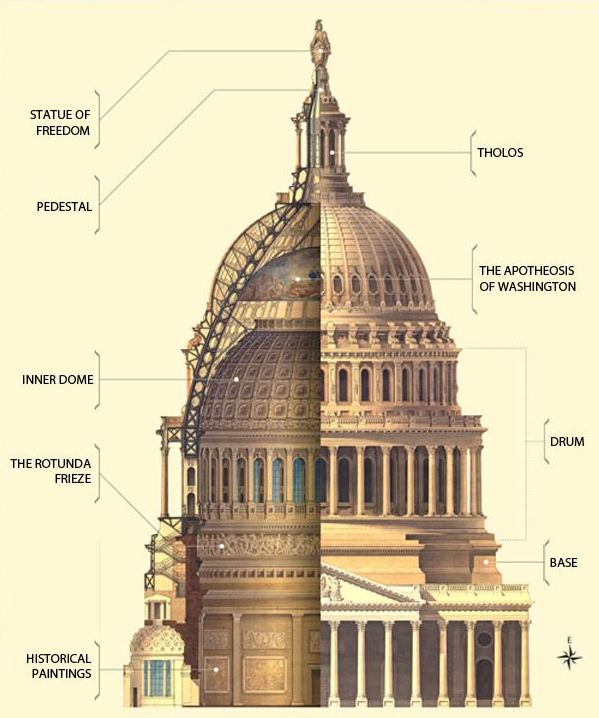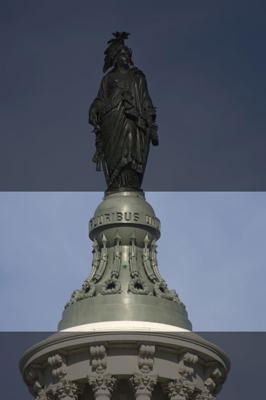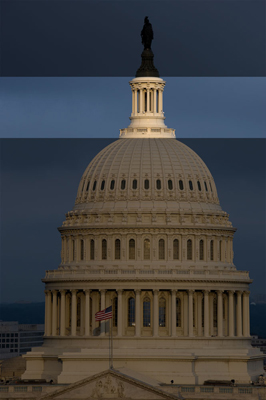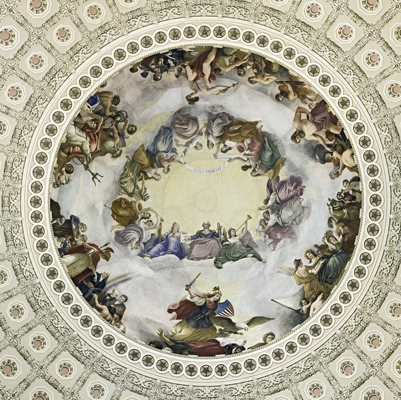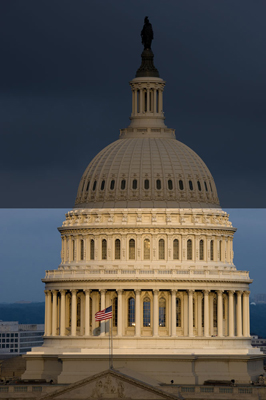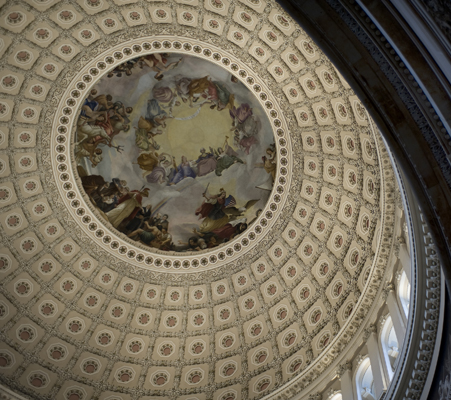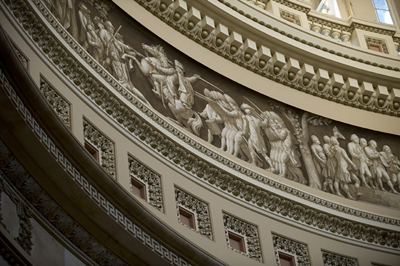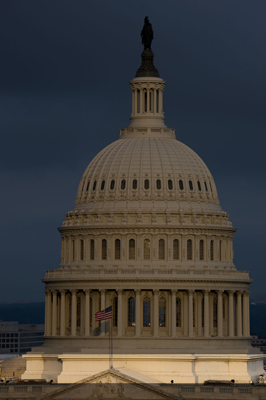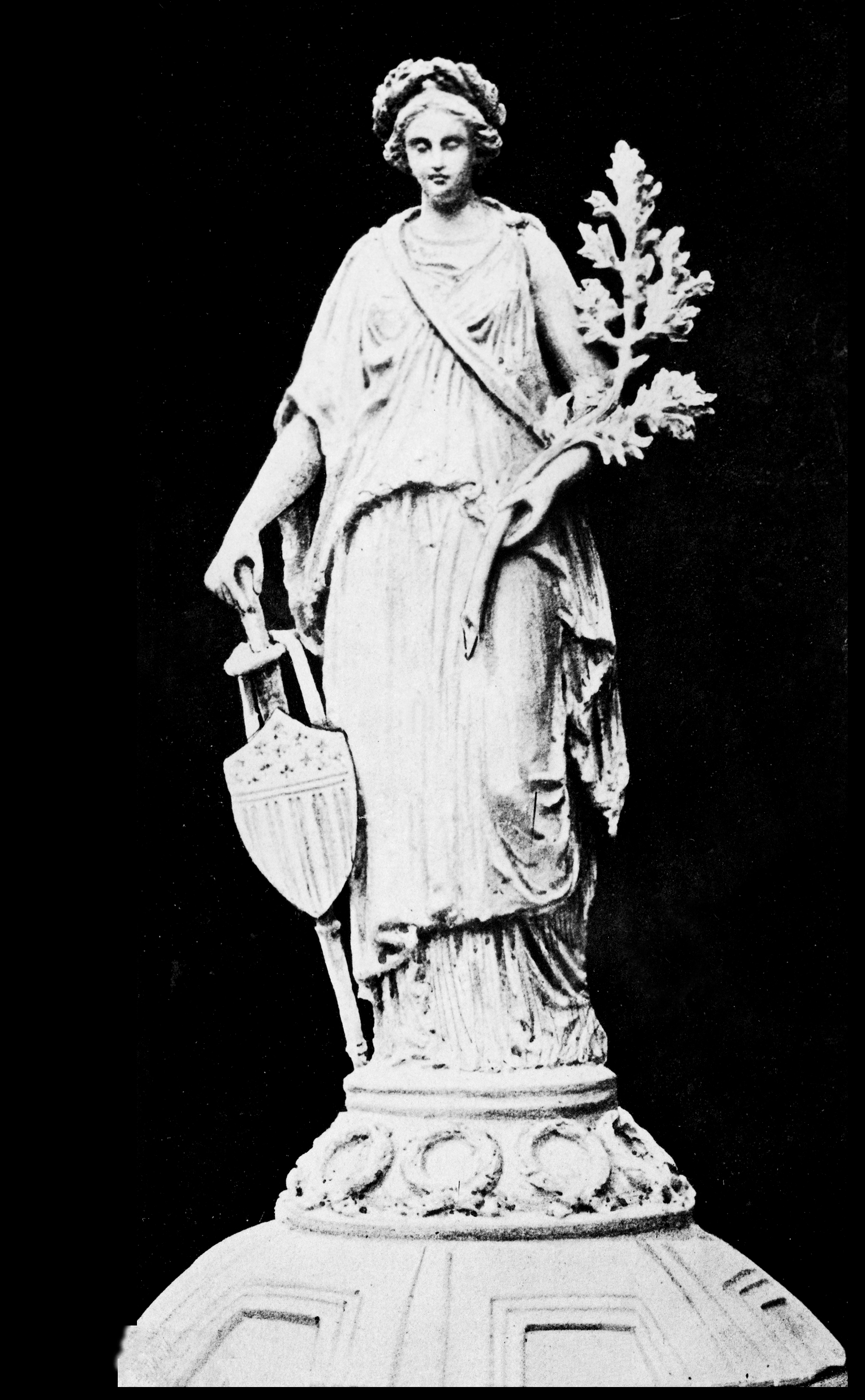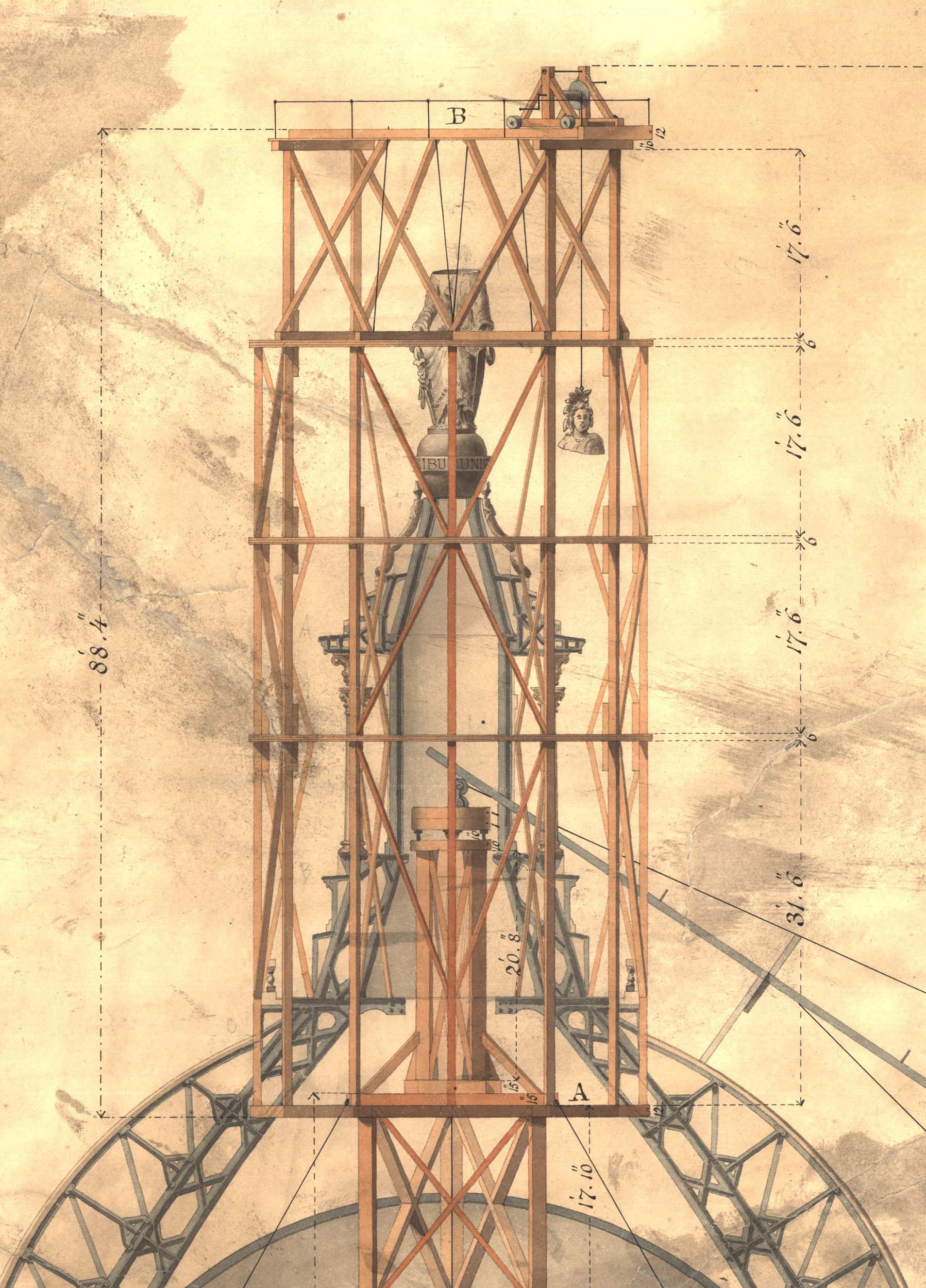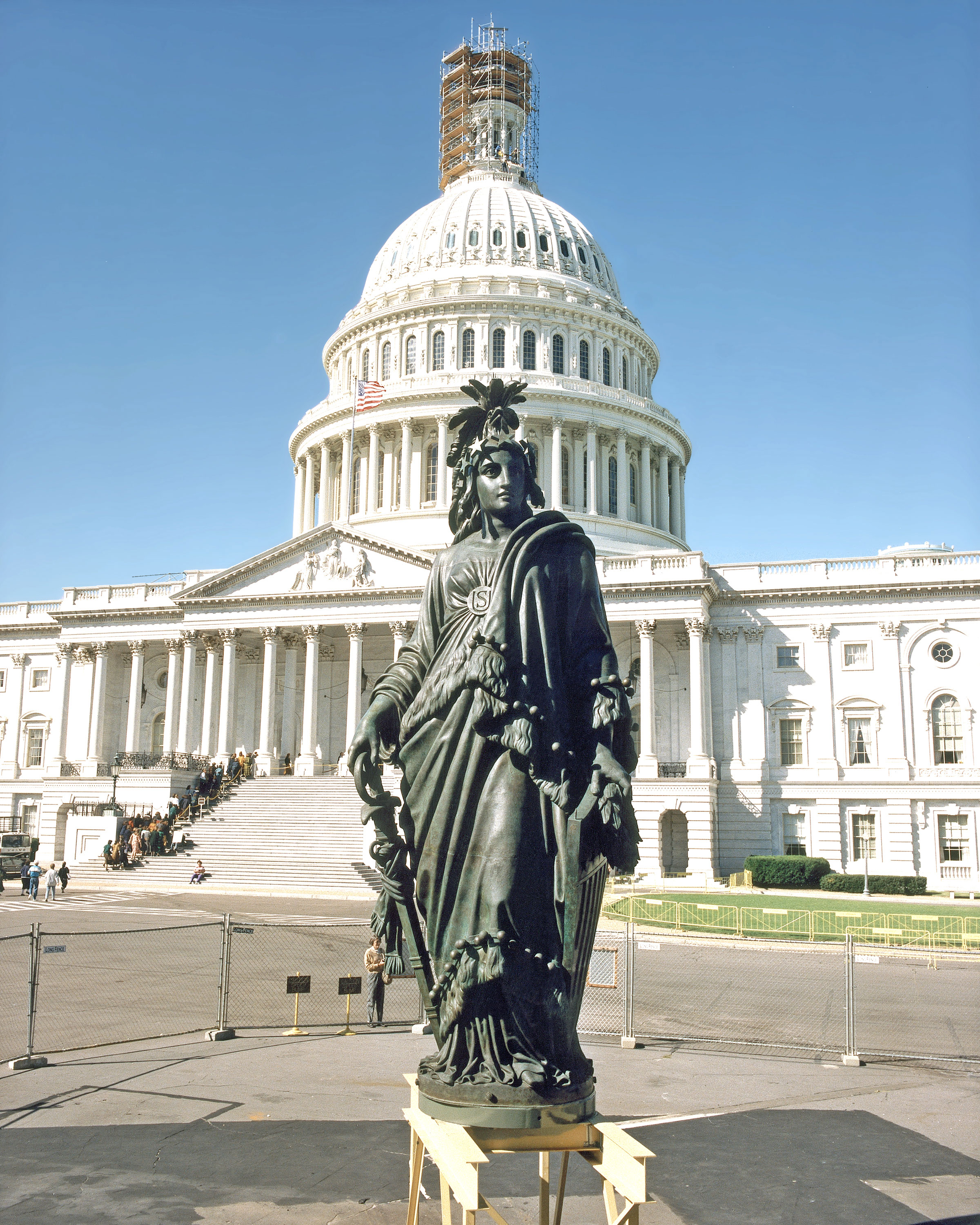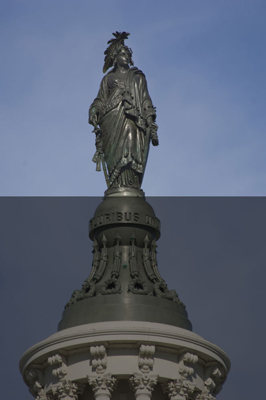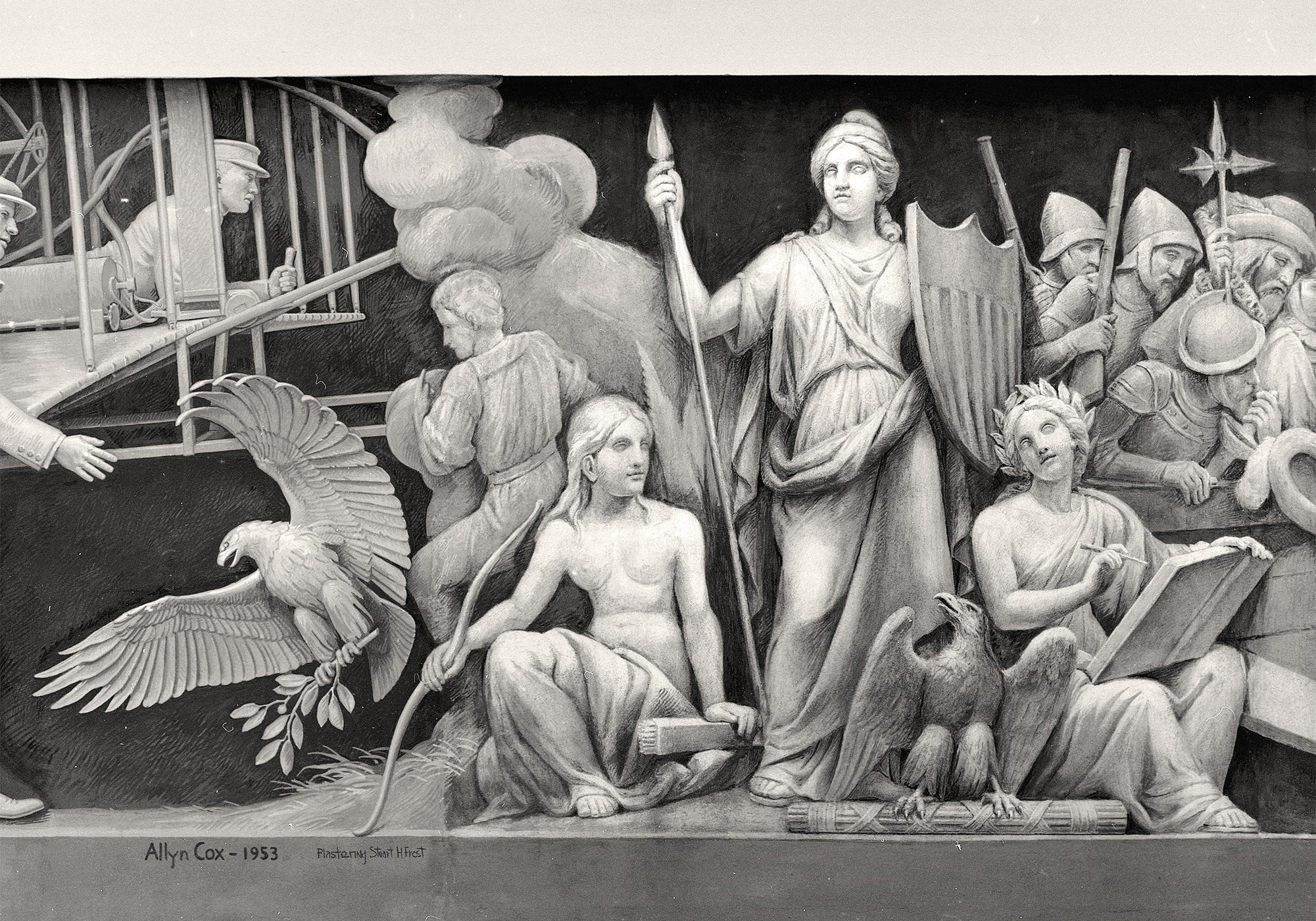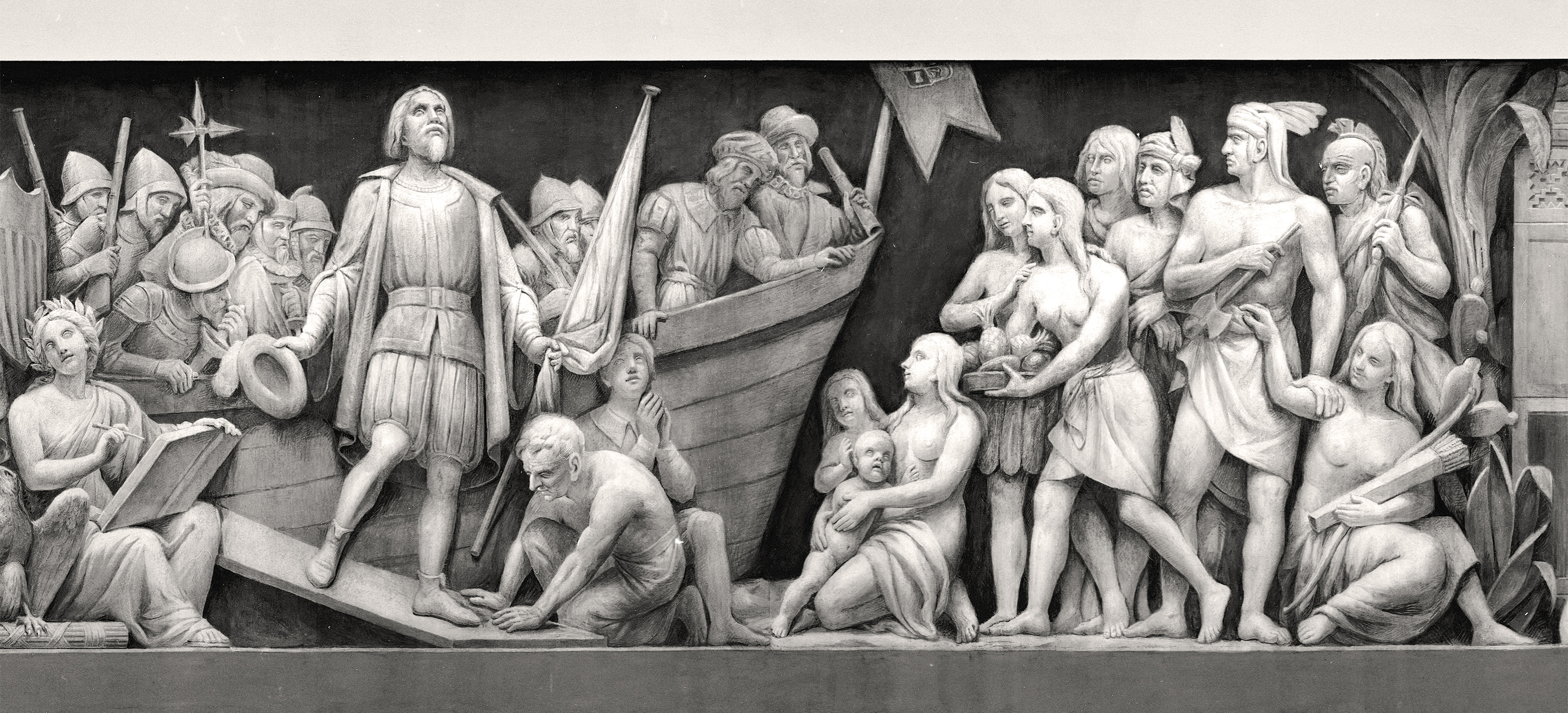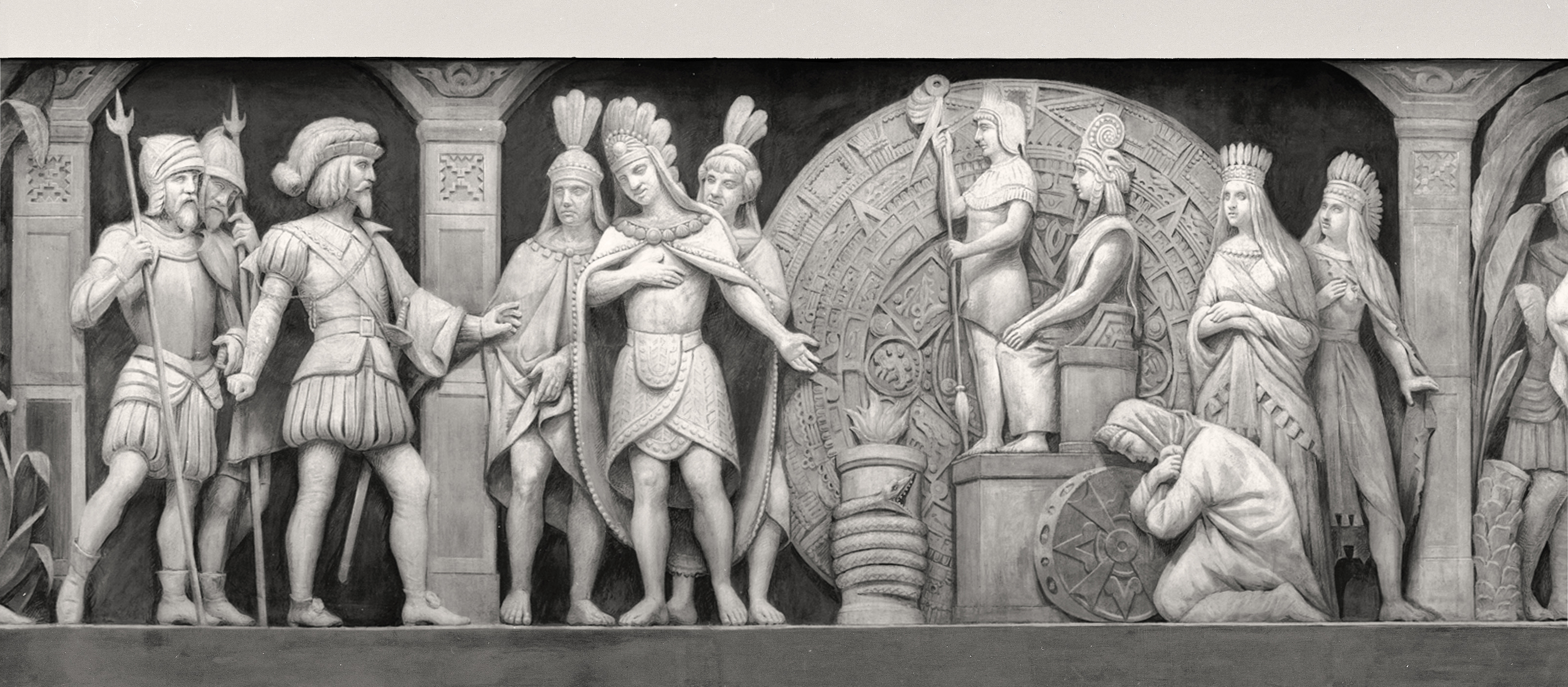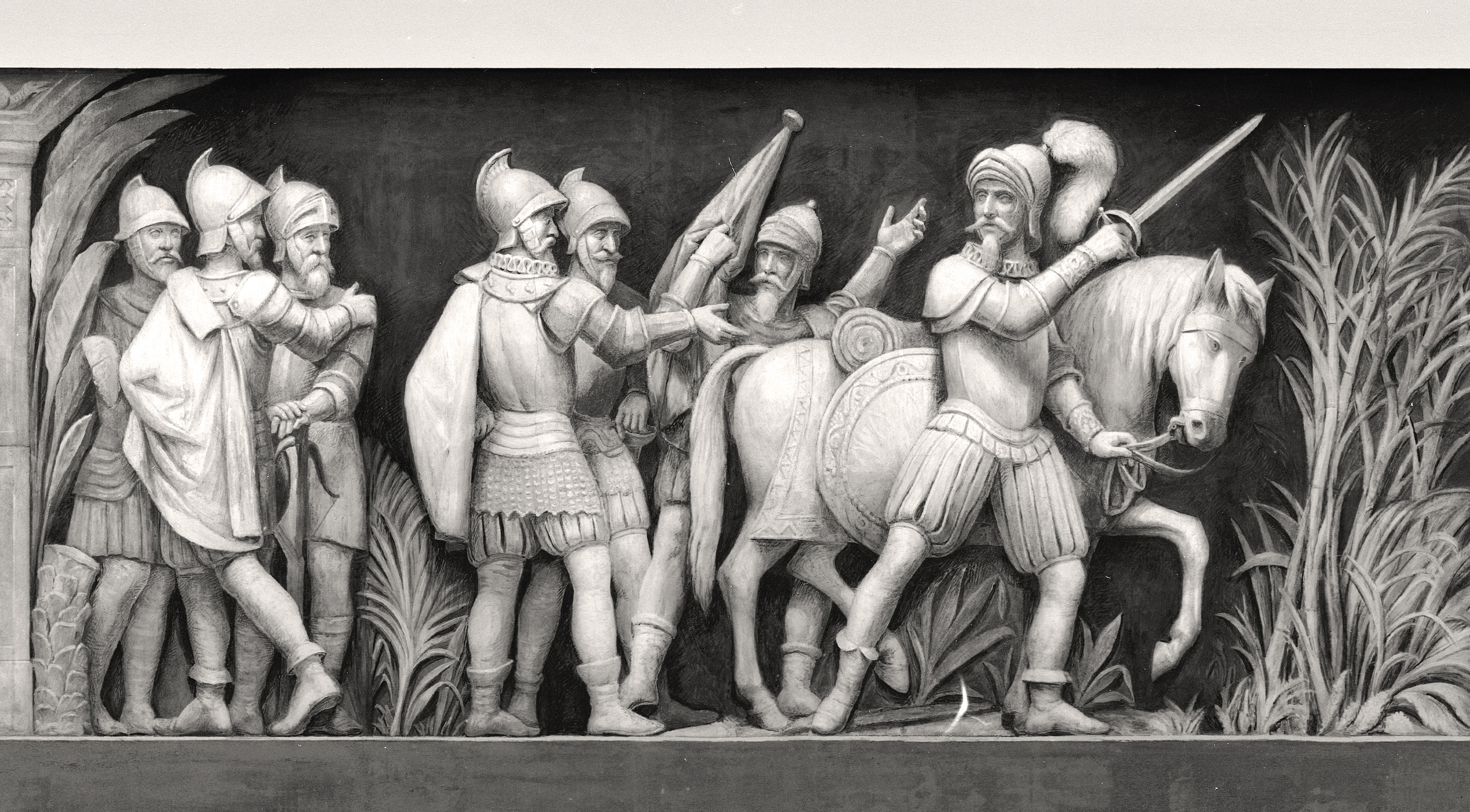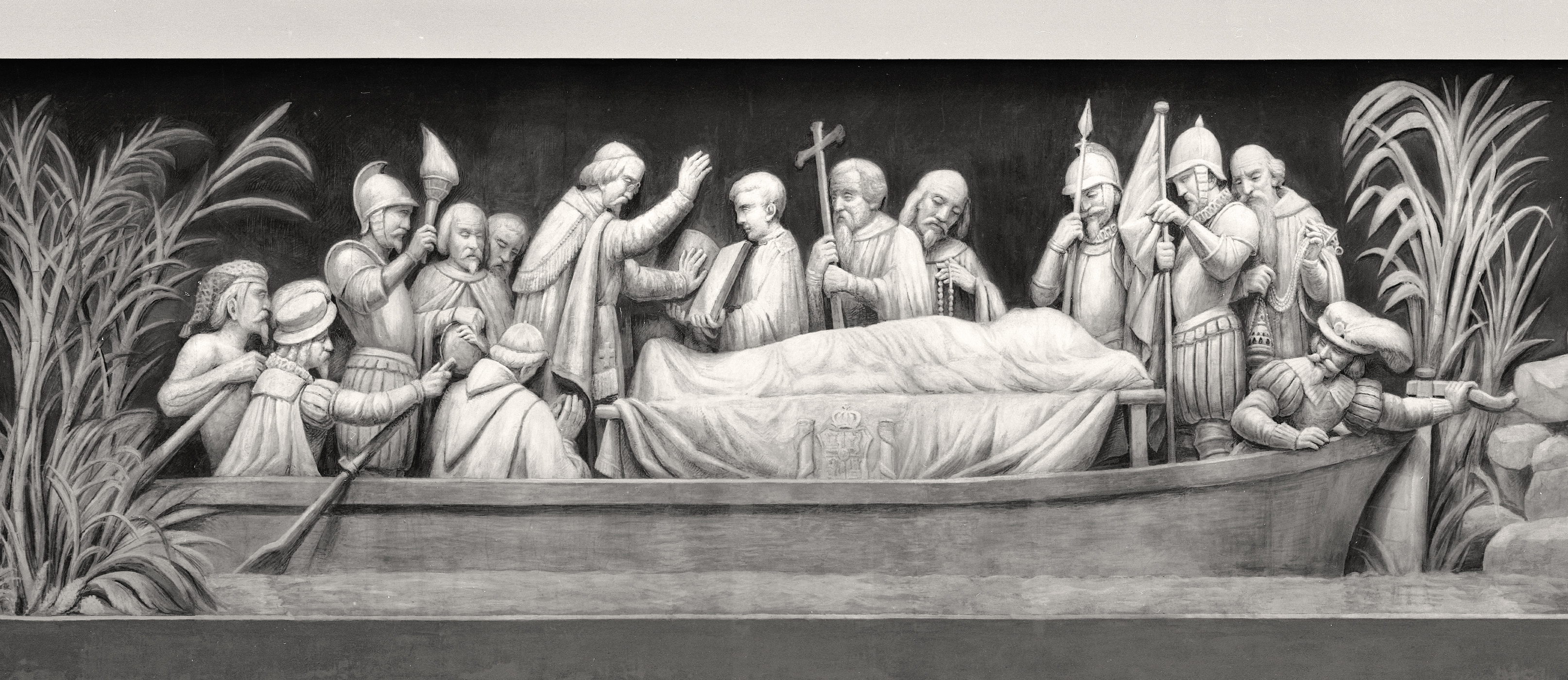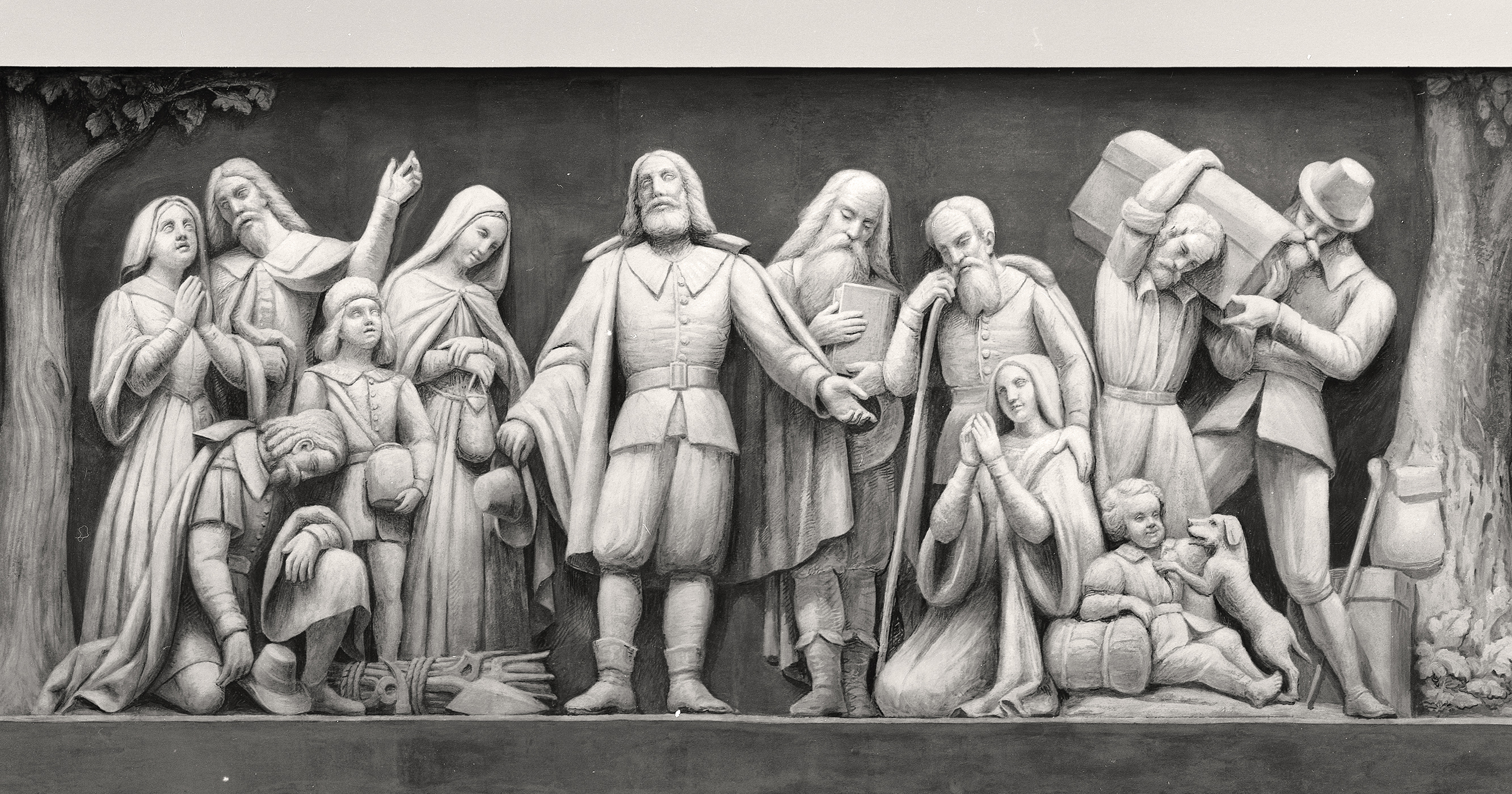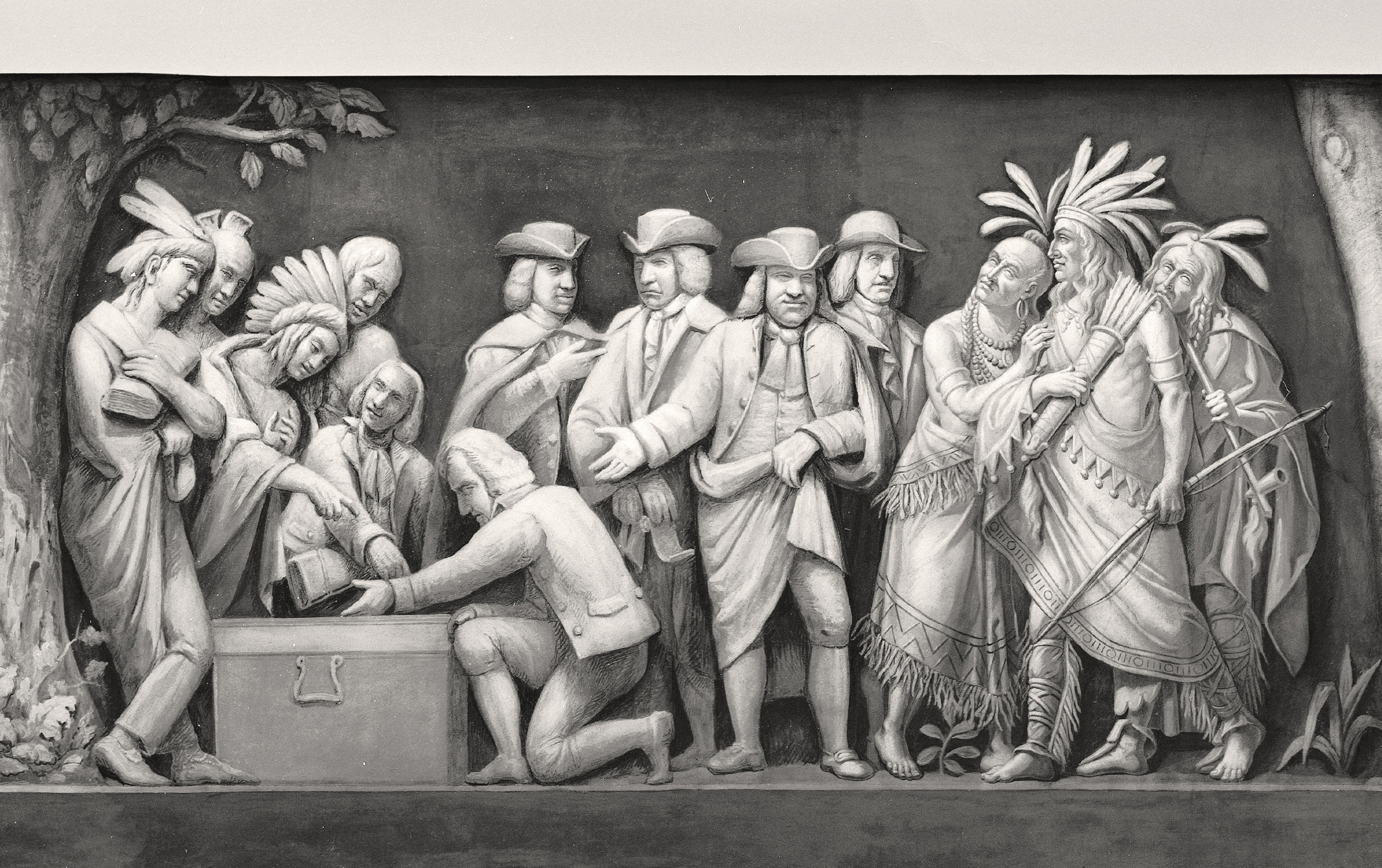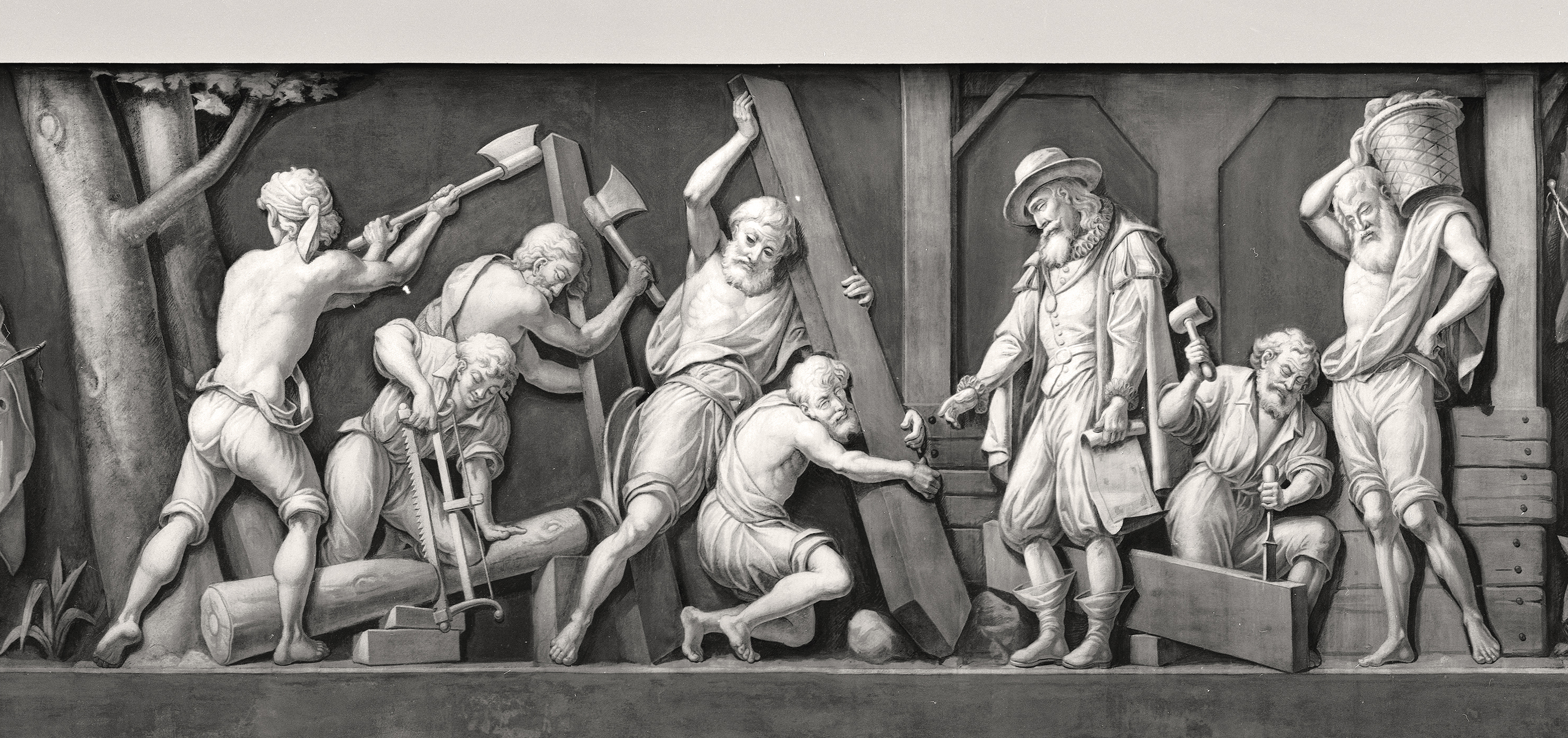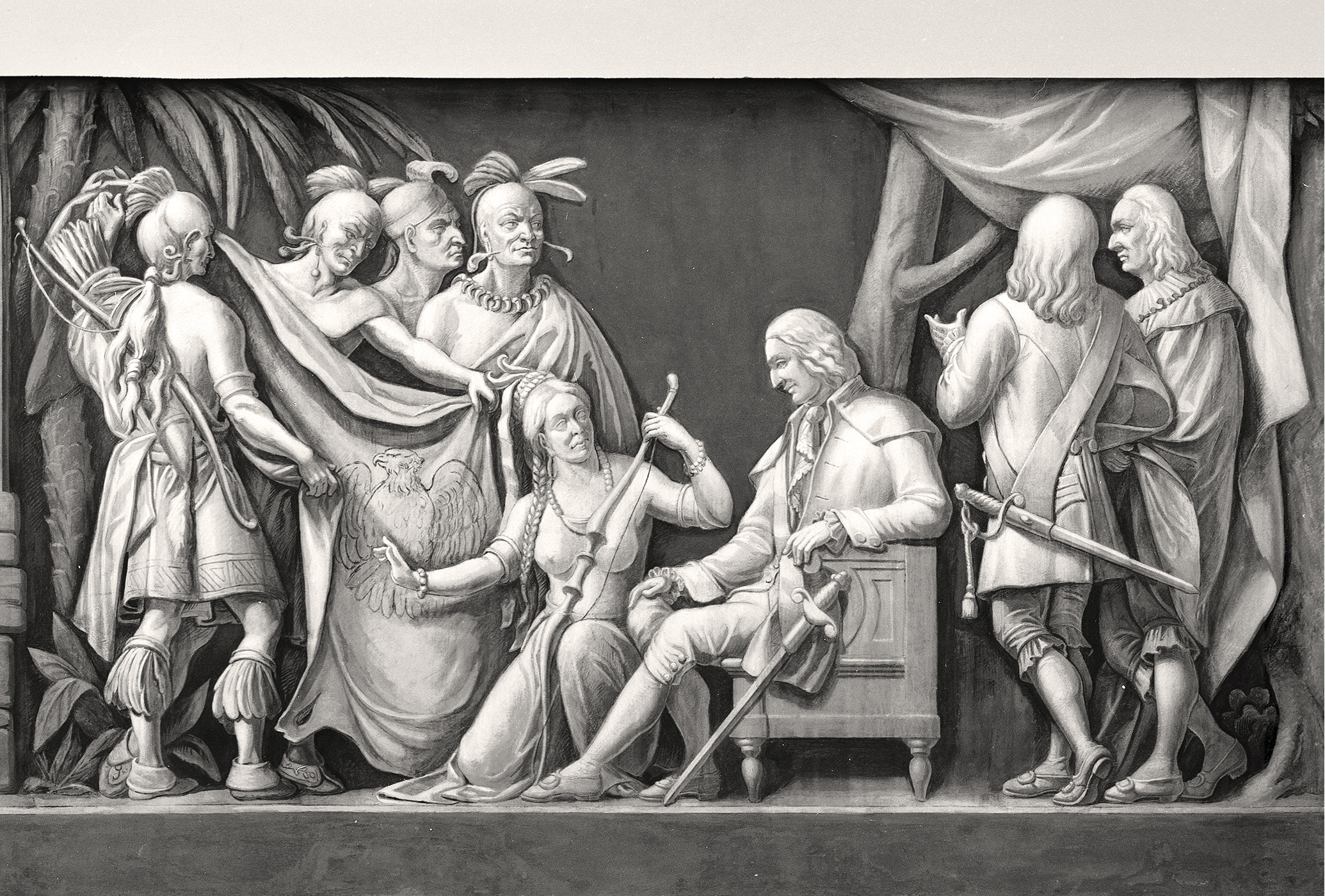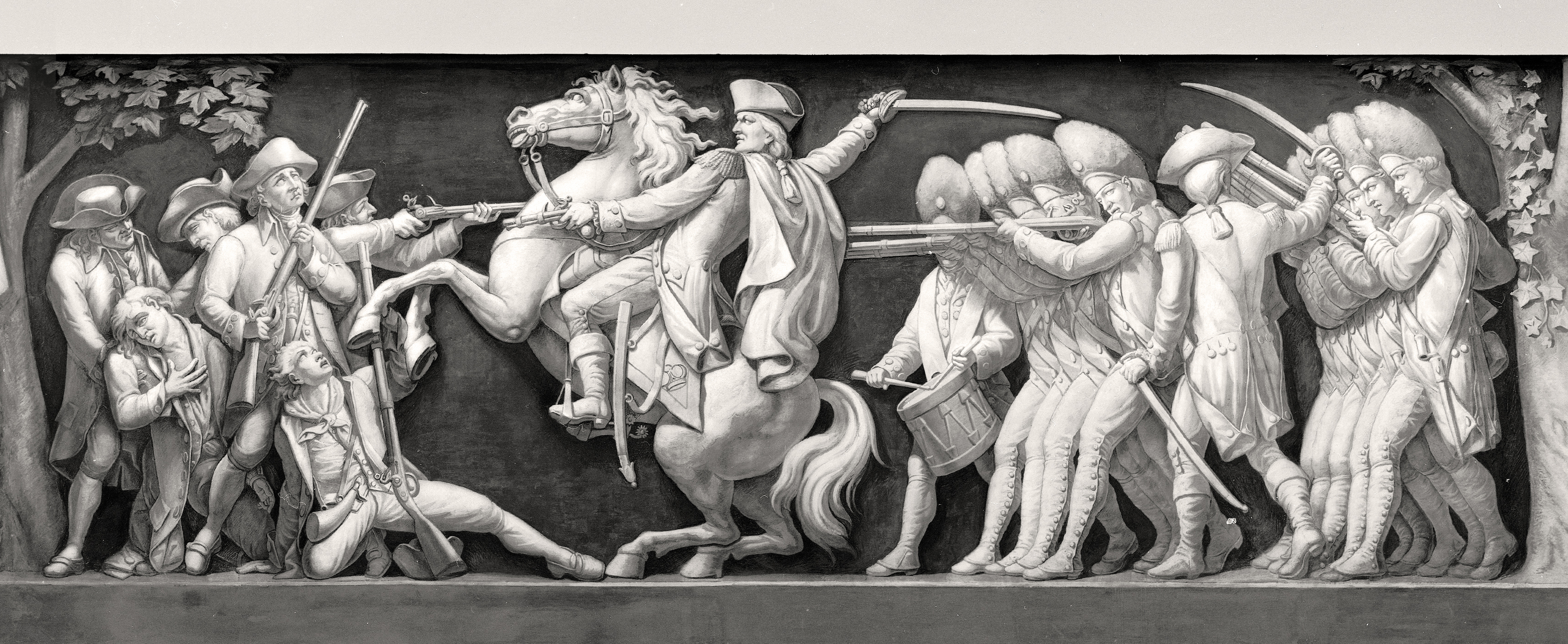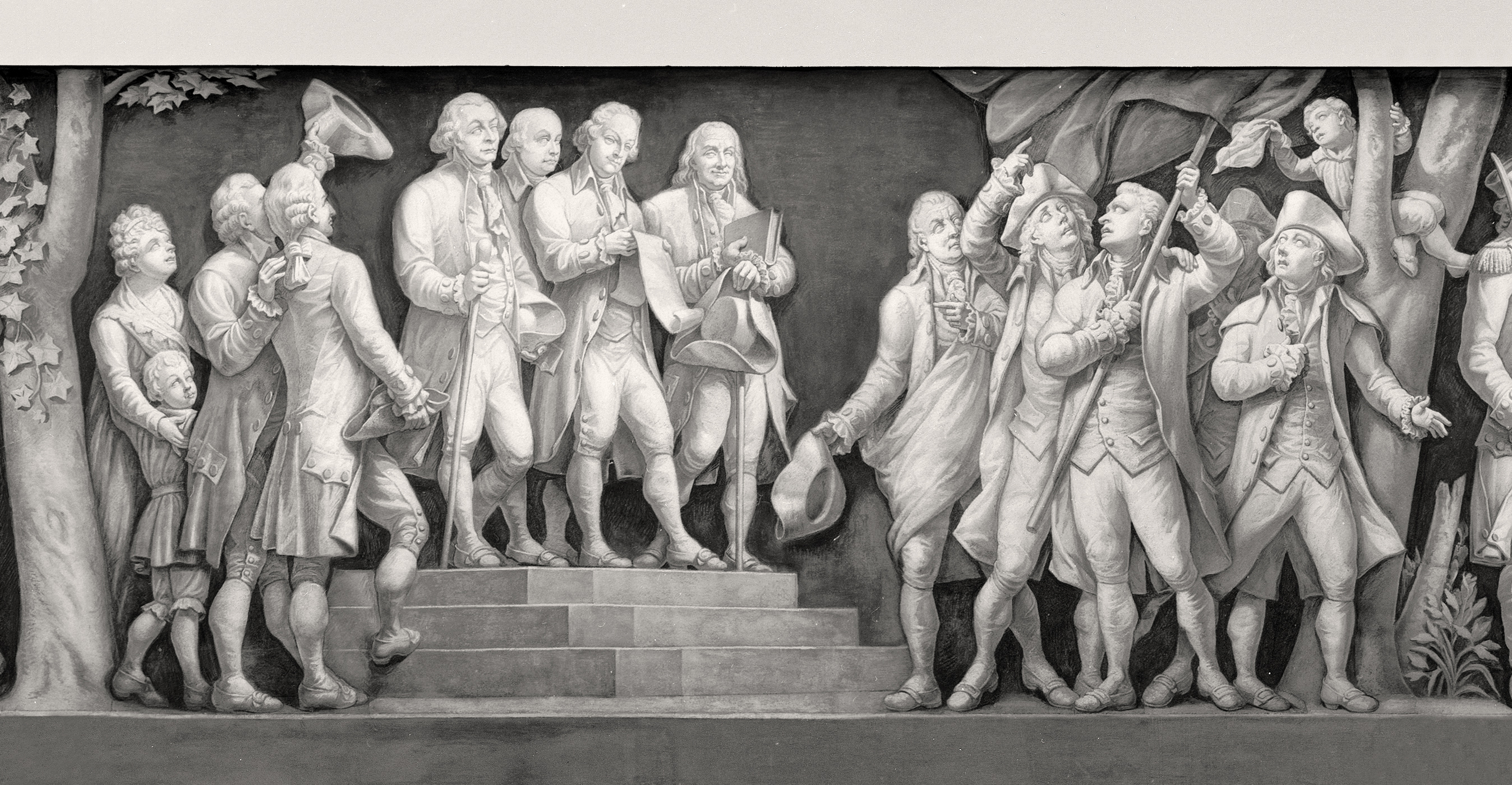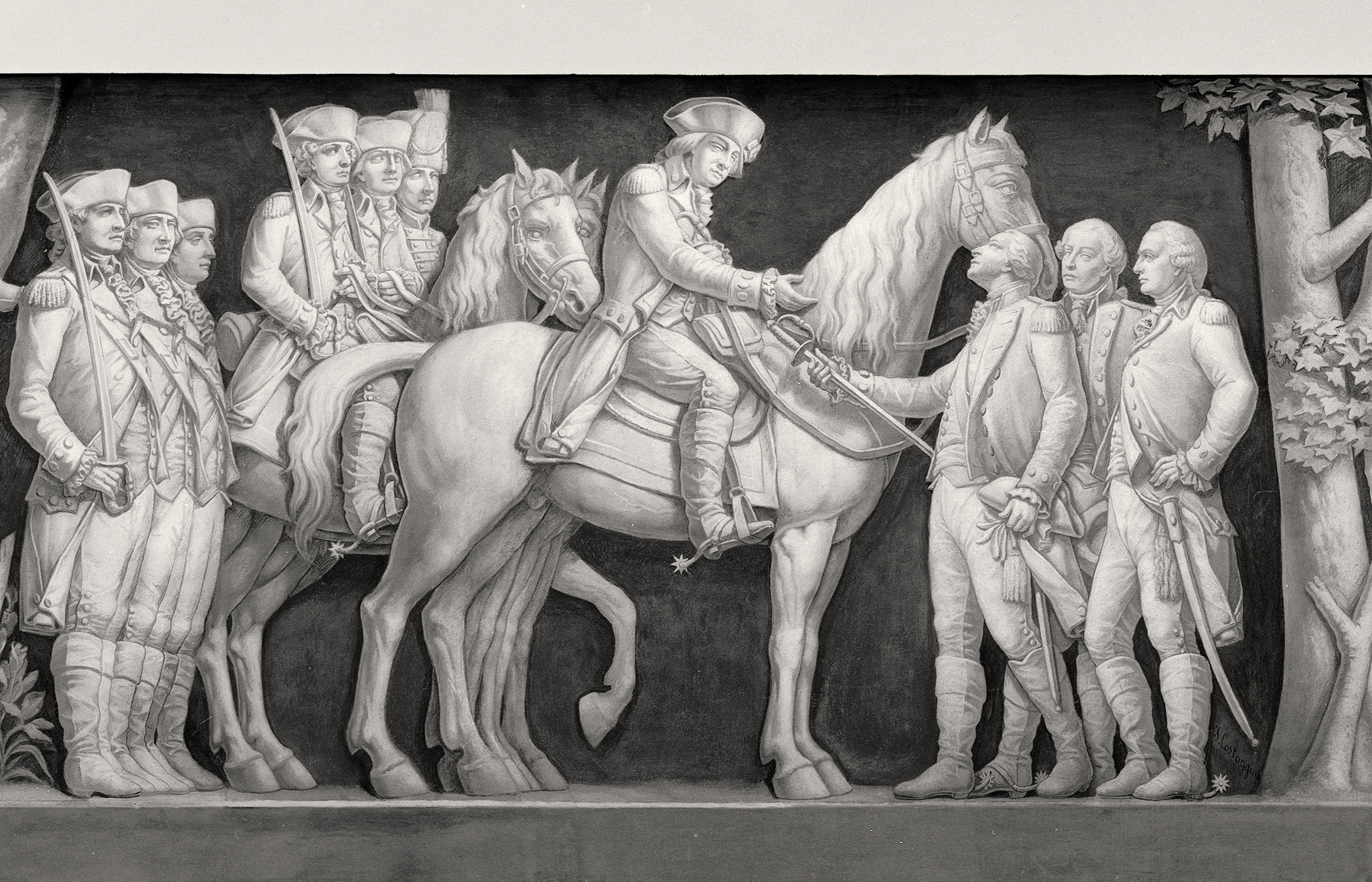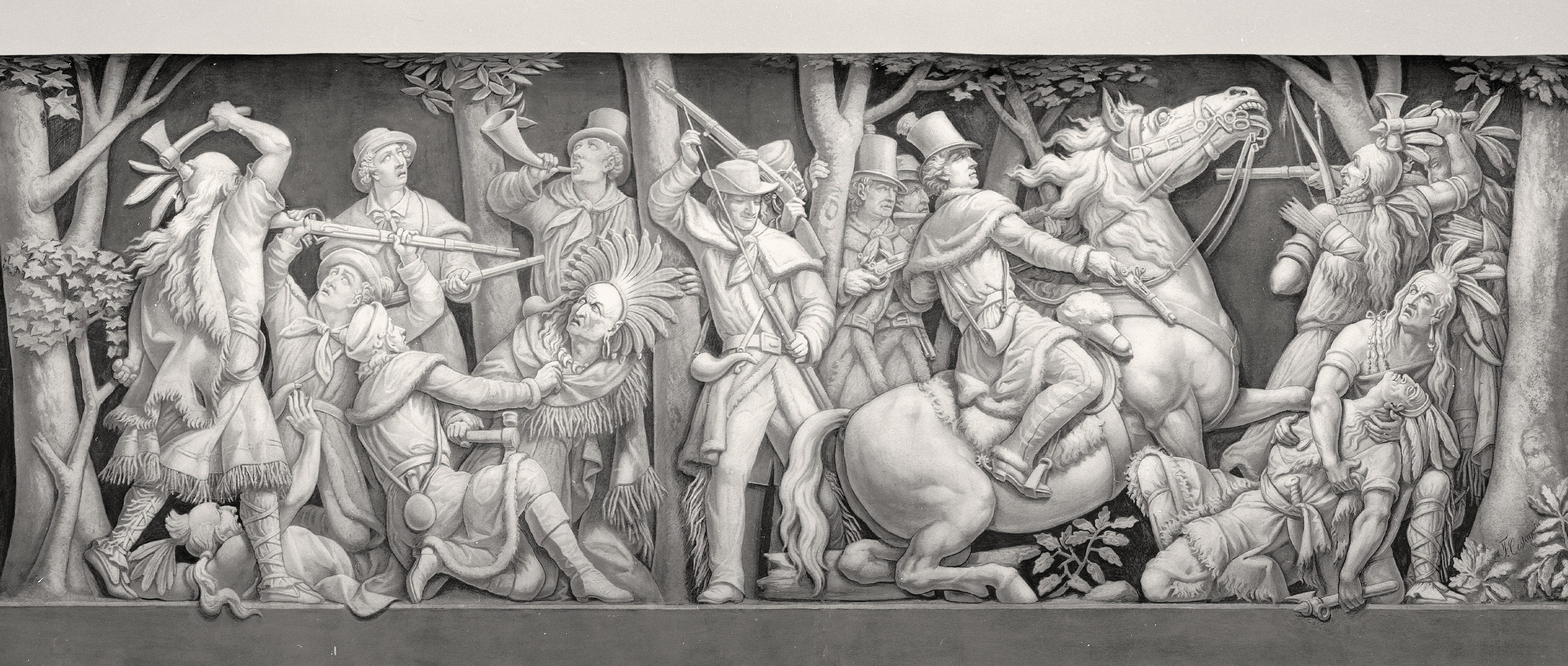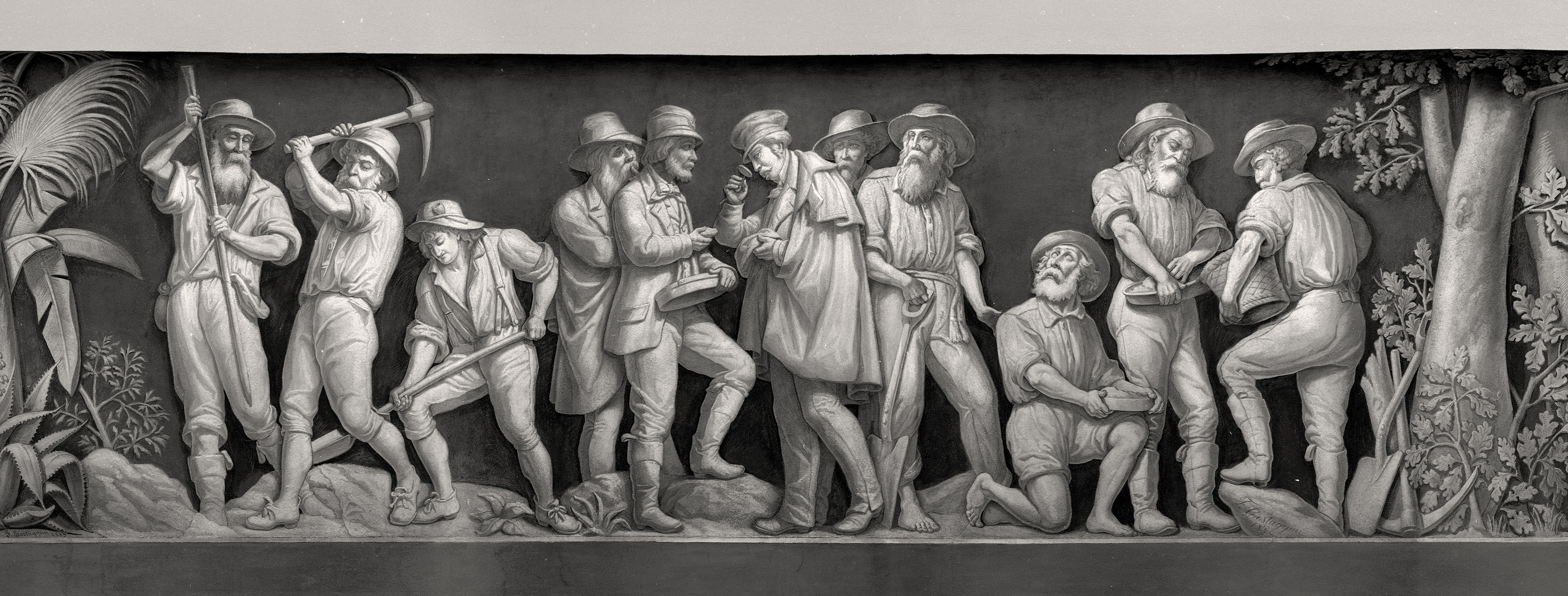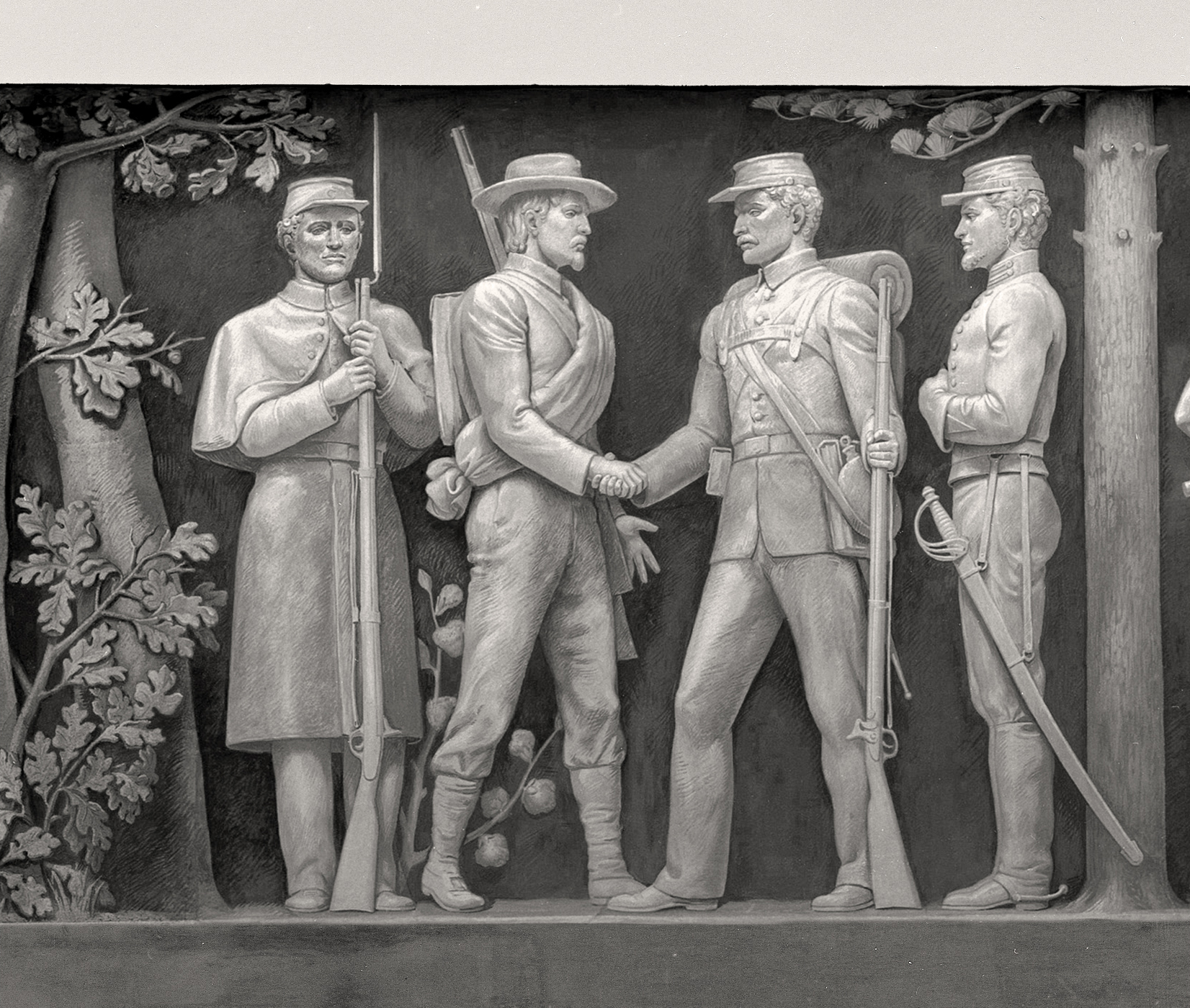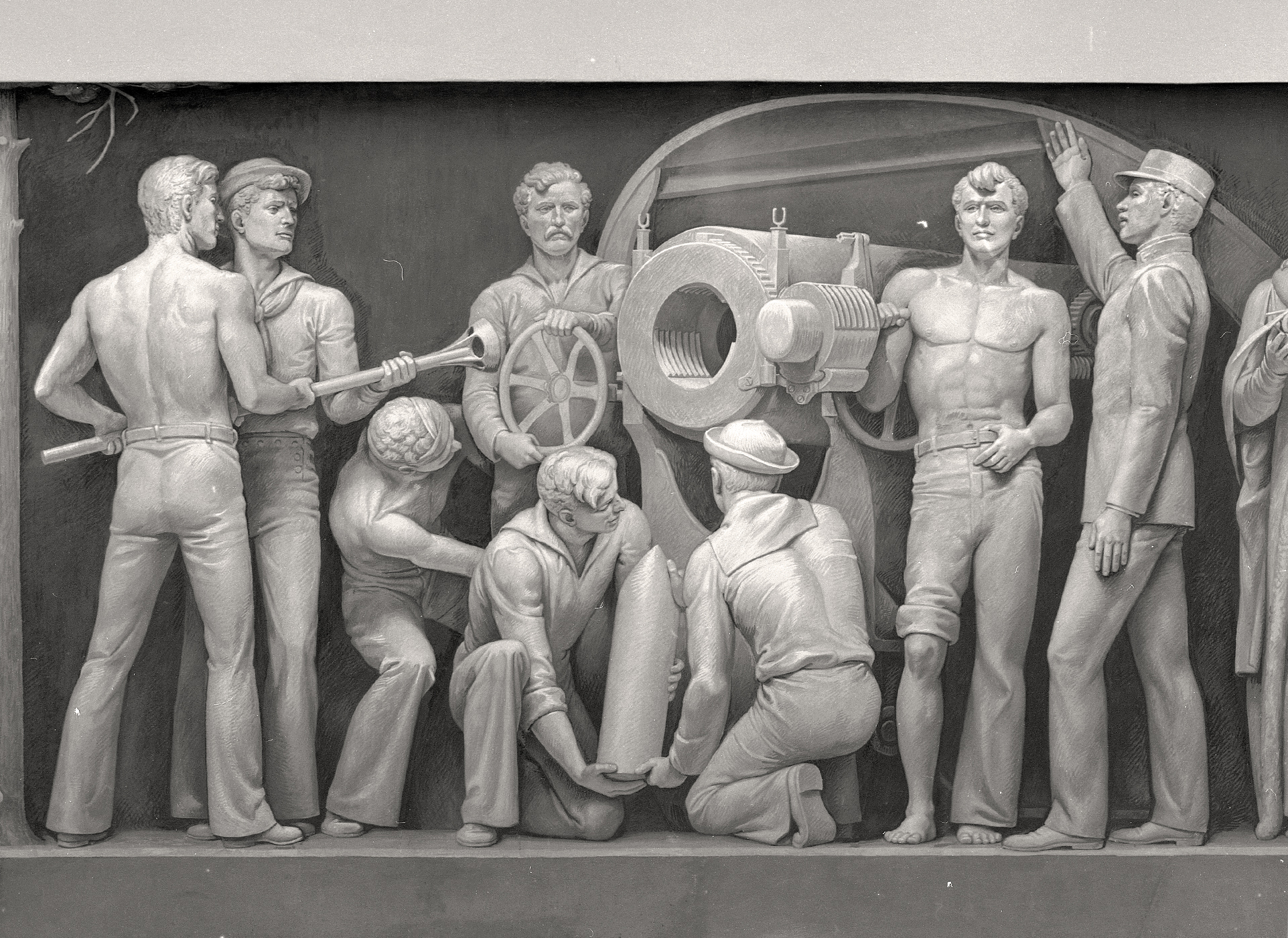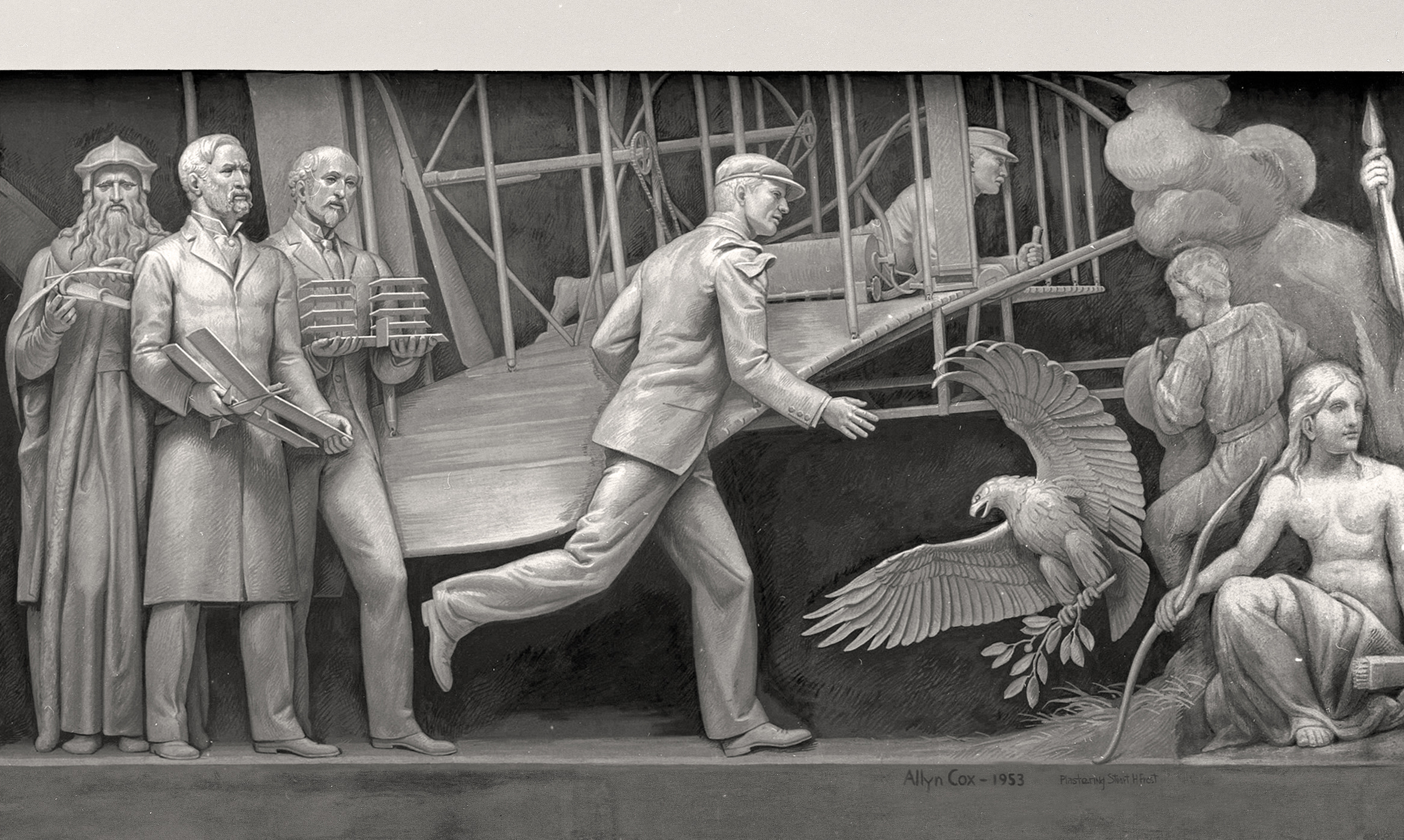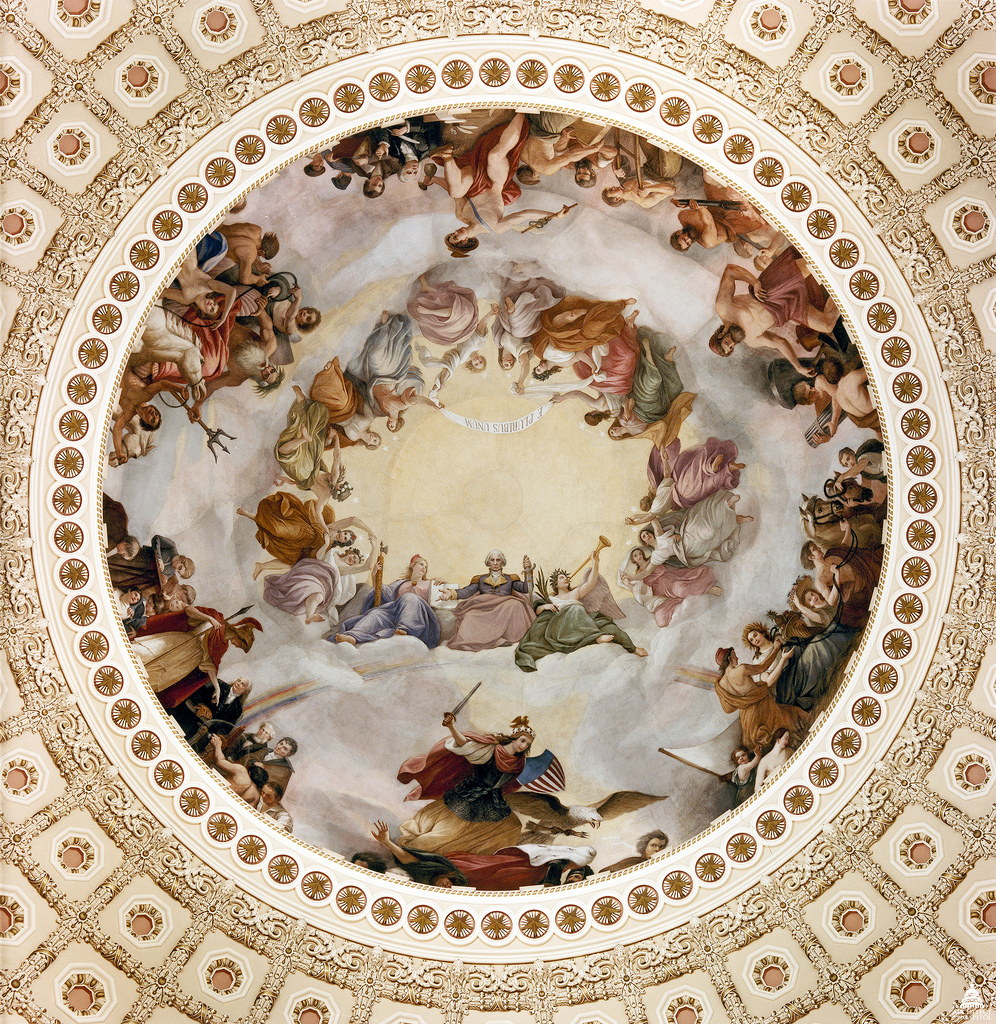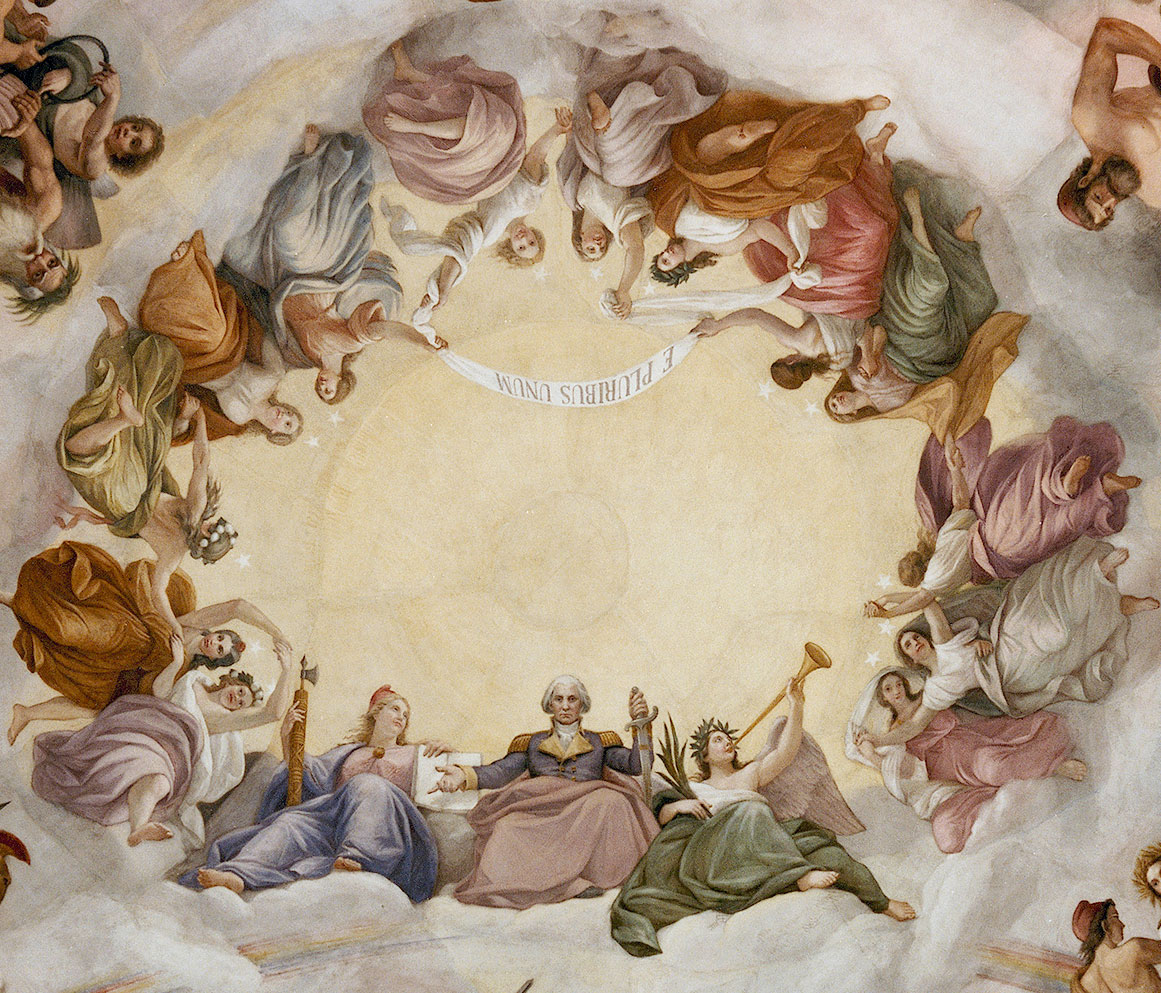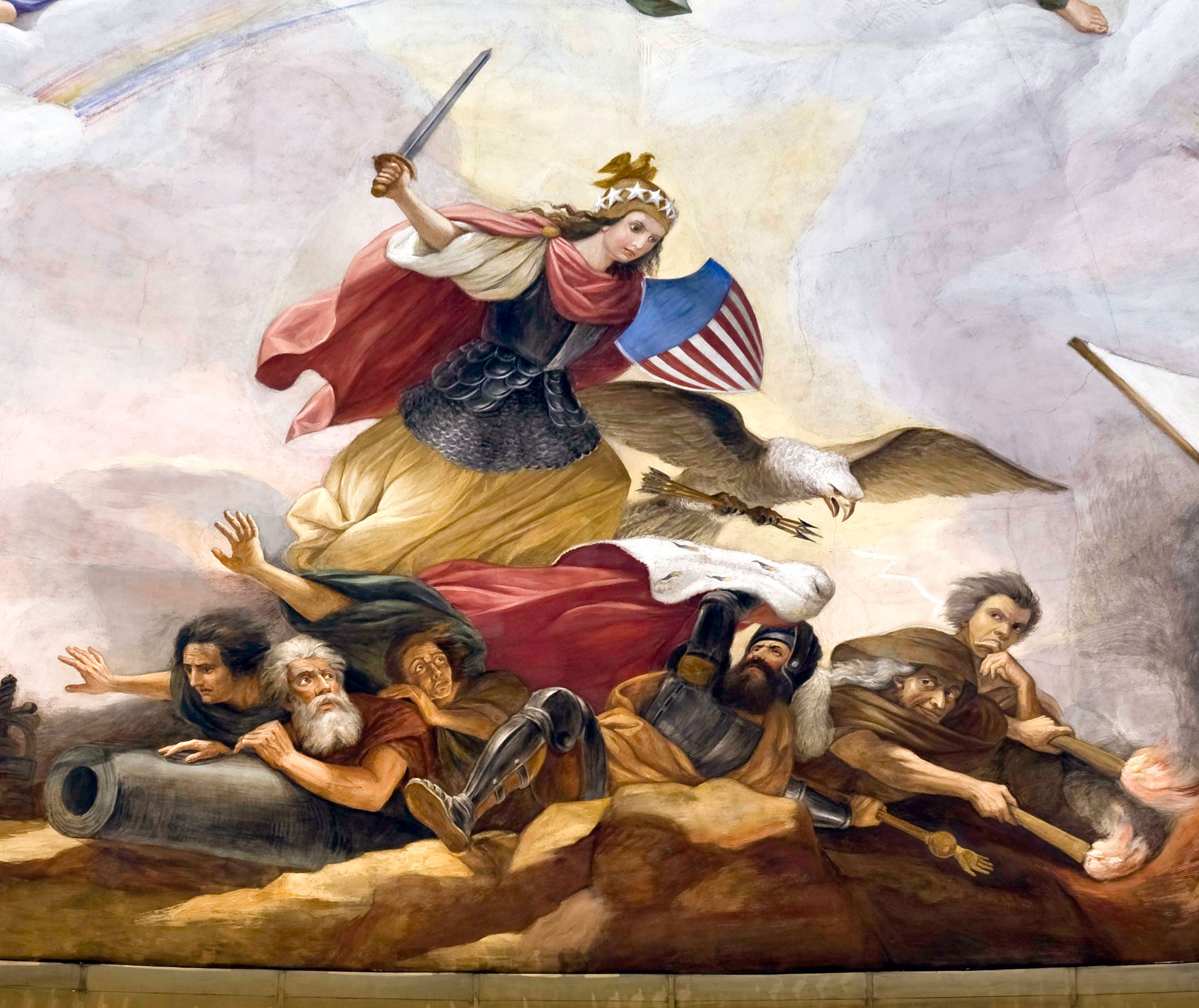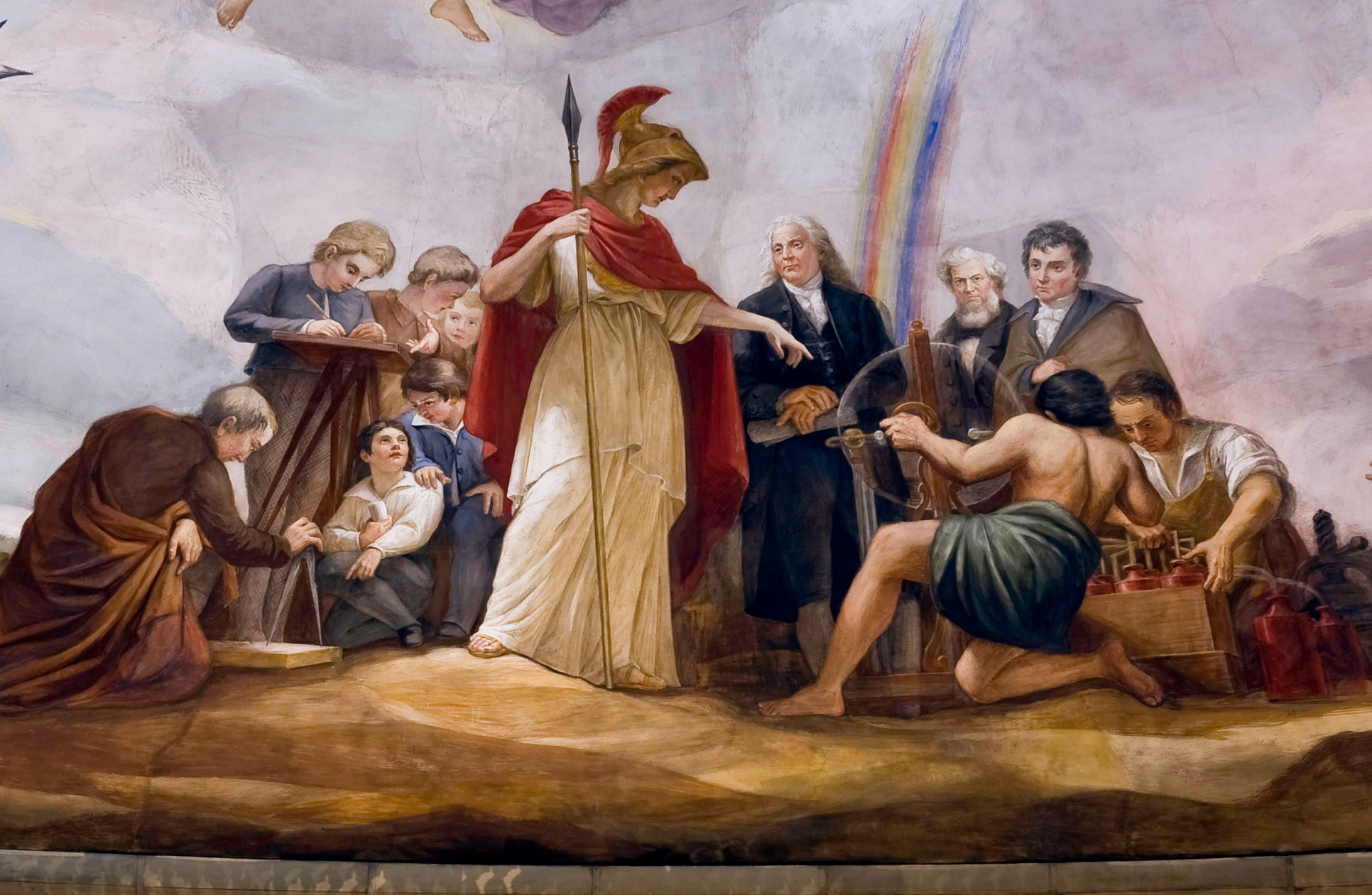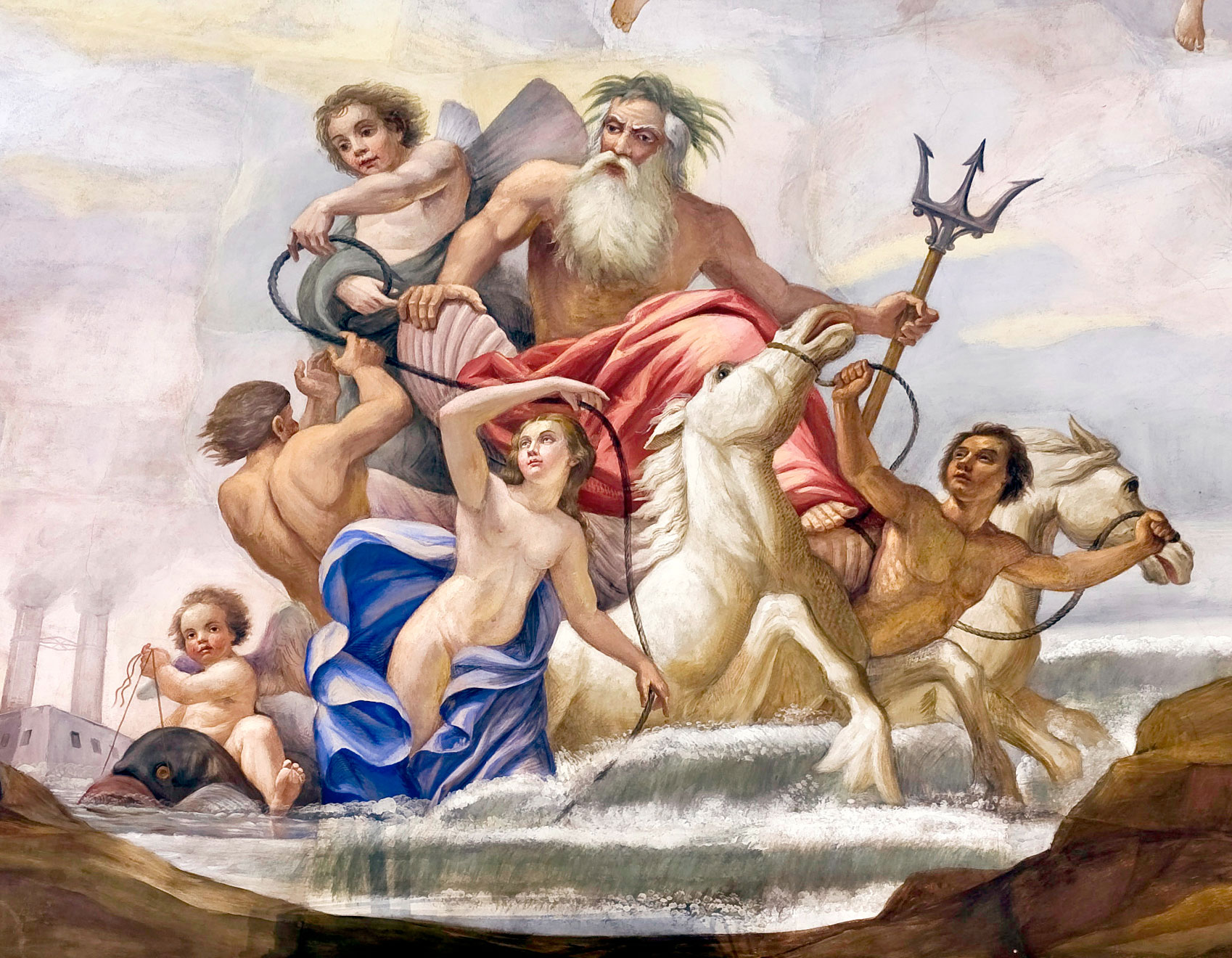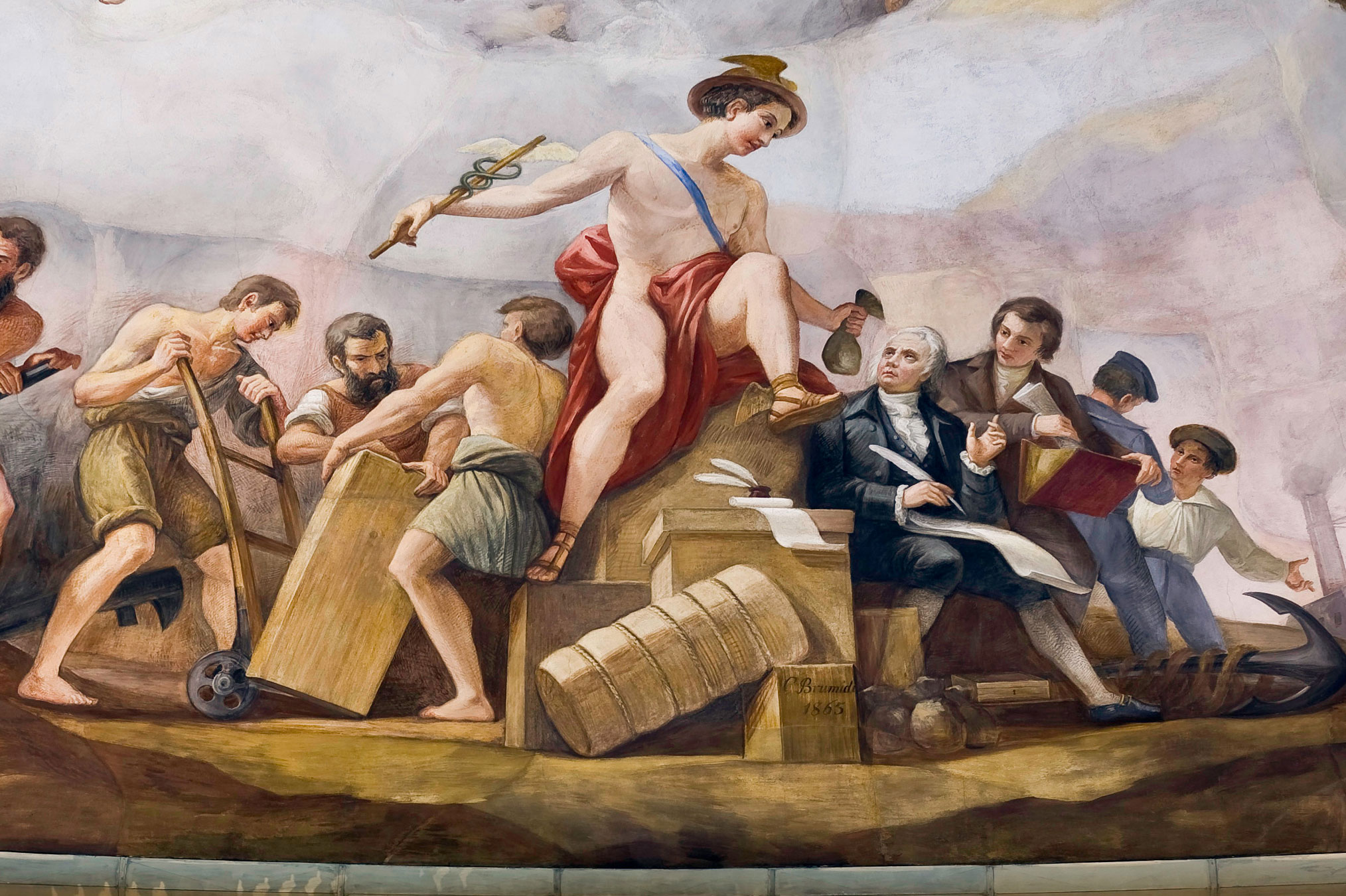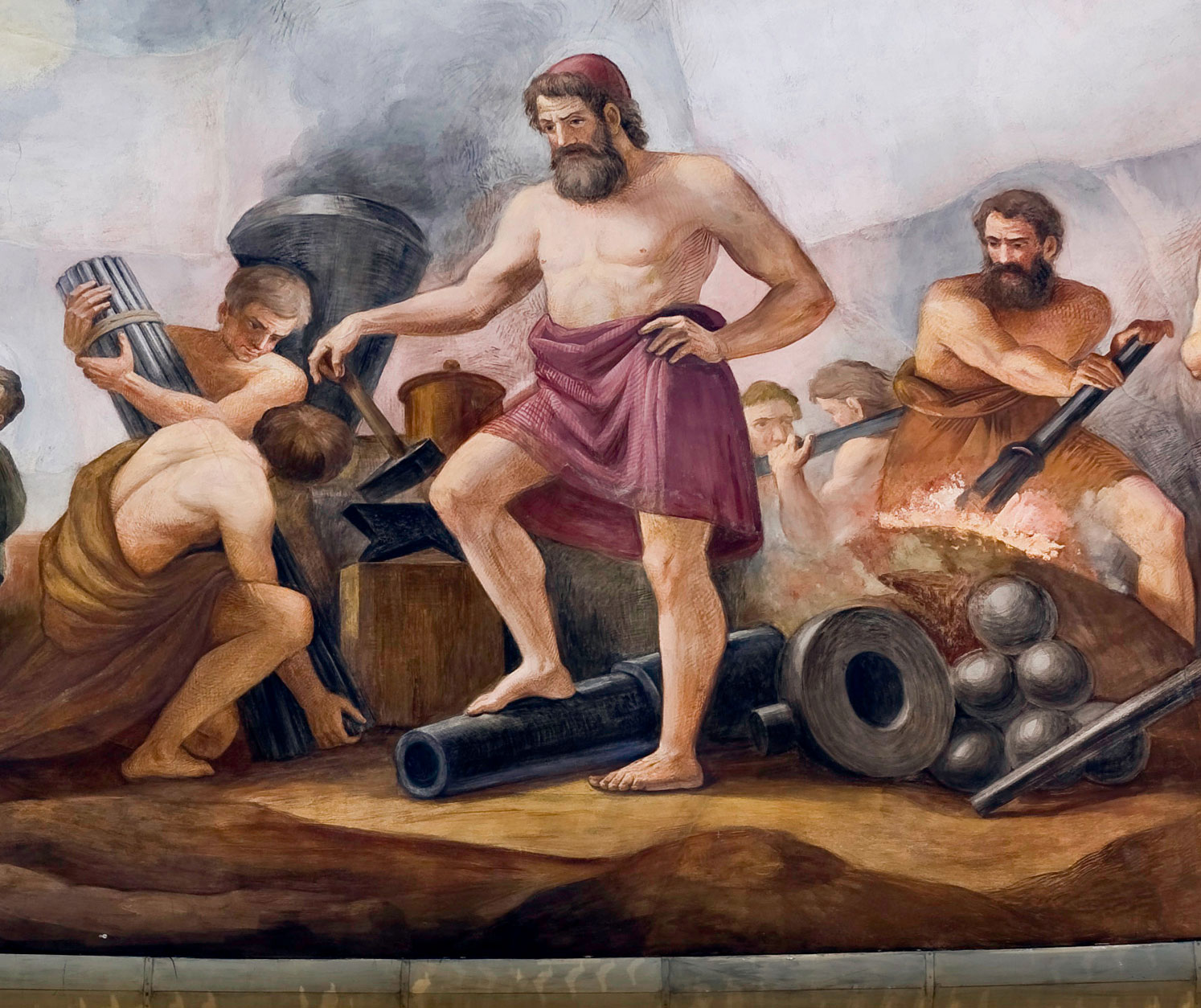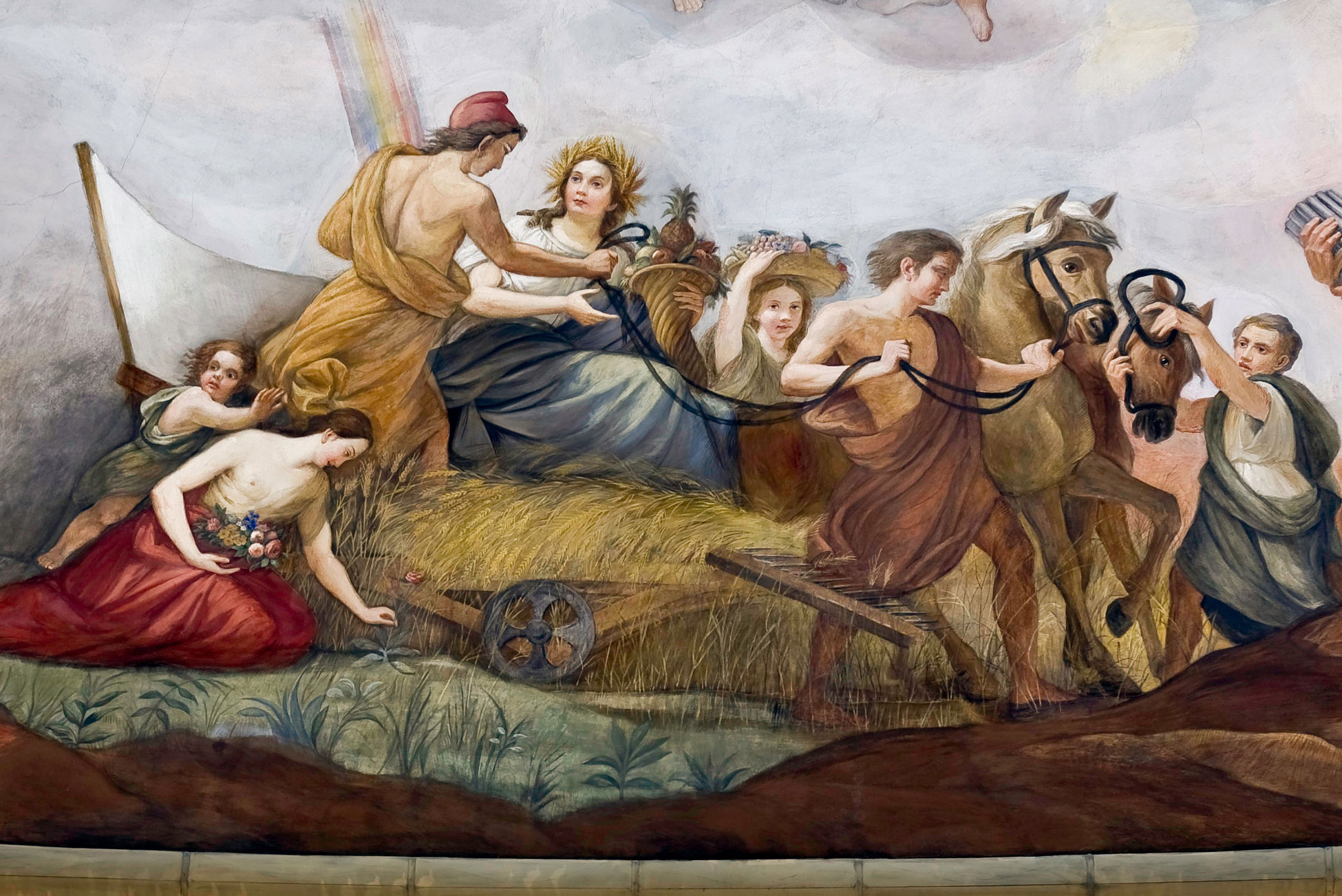The Capitol Story
The iconic and majestic United States Capitol is the most widely recognized symbol of democratic government in the world. It is where the issues facing the nation are considered, debated, and written into law. Images of this national treasure have become synonymous with American strength and freedom.
The Capitol Dome
Domes soar to great heights and span vast spaces–their inspiring form is reserved for society’s greatest buildings.
The Capitol’s iron dome, an instantly recognizable American symbol, has long been admired for its majestic beauty and its ingenious engineering.
Designed by Thomas U. Walter, the dome was influenced by classical European domes, such as St. Paul’s in London, St. Isaac’s in St. Petersburg, and the Panthéon in Paris. Capt. Montgomery C. Meigs of the U.S. Army Corps of Engineers supervised much of its construction. It was especially challenging to build because it replaced an existing wooden dome (completed by Charles Bulfinch in 1824), but re-used the old rotunda walls as foundations.
Technical difficulties were easy to overcome compared to those of the Civil War, which broke out just six years after the new dome was begun. When the contractors continued installing ironwork despite wartime conditions, President Abraham Lincoln viewed the rising dome as a sign that the Union would continue as well.
The Capitol’s iron dome, an instantly recognizable American symbol, has long been admired for its majestic beauty and its ingenious engineering.
Designed by Thomas U. Walter, the dome was influenced by classical European domes, such as St. Paul’s in London, St. Isaac’s in St. Petersburg, and the Panthéon in Paris. Capt. Montgomery C. Meigs of the U.S. Army Corps of Engineers supervised much of its construction. It was especially challenging to build because it replaced an existing wooden dome (completed by Charles Bulfinch in 1824), but re-used the old rotunda walls as foundations.
Technical difficulties were easy to overcome compared to those of the Civil War, which broke out just six years after the new dome was begun. When the contractors continued installing ironwork despite wartime conditions, President Abraham Lincoln viewed the rising dome as a sign that the Union would continue as well.
Statue of Freedom
The full-size plaster model for the Statue of Freedom was used to cast the bronze statue on top of the Capitol dome. Freedom wears a helmet encircled with stars and topped with an eagle’s head and feathers, the talons hanging at either side of her face. Her long, curly hair flows down her back. Her dress is secured with a brooch with the letters “US,” and she is draped with a fur-trimmed robe. Her right hand holds a sheathed sword, the left a laurel wreath of victory and the striped shield of the United States.
The model, which had been stored in pieces for many years, was restored in 1992 by the Architect of the Capitol with funds donated to the U.S. Capitol Preservation Commission. It was on display in the Russell Senate Office Building before being moved to Emancipation Hall in the U.S. Capitol Visitor Center. The bronze Statue of Freedom, facing east over the central entrance, crowns the dome of the United States Capitol.
The model, which had been stored in pieces for many years, was restored in 1992 by the Architect of the Capitol with funds donated to the U.S. Capitol Preservation Commission. It was on display in the Russell Senate Office Building before being moved to Emancipation Hall in the U.S. Capitol Visitor Center. The bronze Statue of Freedom, facing east over the central entrance, crowns the dome of the United States Capitol.
The Frieze of American History
The Frieze of American History in the Rotunda of the United States Capitol contains a painted panorama depicting significant events in American history. The frieze's 19 scenes is the work of three artists: Constantino Brumidi, Filippo Costaggini and Allyn Cox. The frieze is painted in grisaille, a monochrome of whites and browns that resembles sculpture. It measures 8 feet 4 inches in height and approximately 300 feet in circumference. It starts 58 feet above the floor.
The Apotheosis of Washington
Painted in 1865 by Constantino Brumidi, the Apotheosis of Washington in the eye of the U.S. Capitol Building's Rotunda depicts George Washington rising to the heavens in glory, flanked by female figures representing Liberty and Victory/Fame and surrounded by six groups of figures. The fresco is suspended 180 feet above the Rotunda floor and covers an area of 4,664 square feet.
